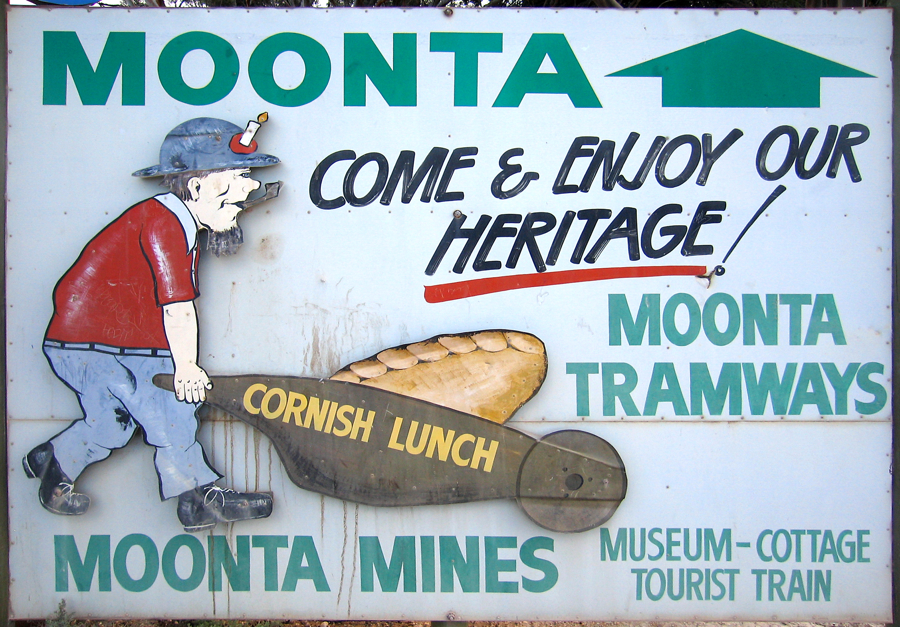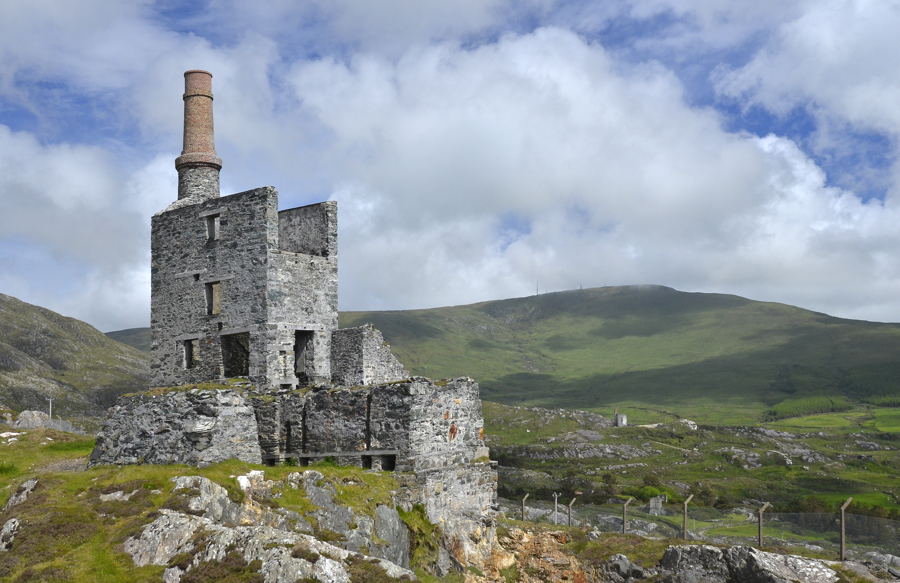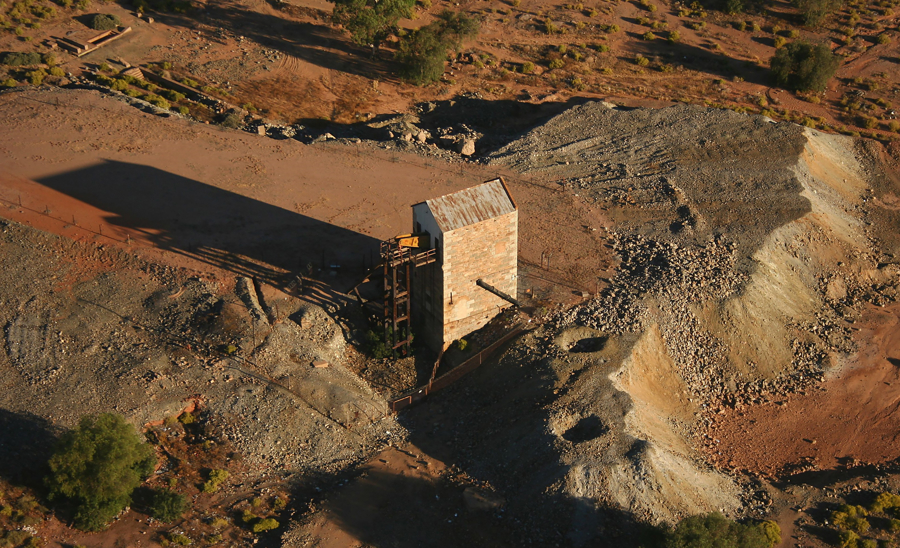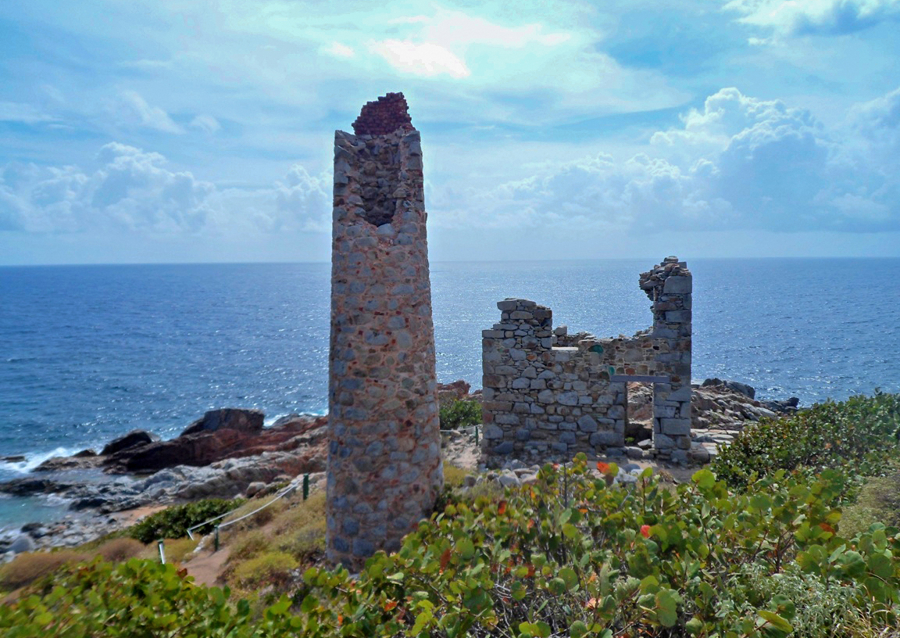The Spread of Cornish Mining around the Globe
Lesans a Valweyth Kernewek a-dro dhe'n bys
Cornwall has long been known as a starting point for famous sea journeys and adventures – but some of the most extraordinary stories are those of ordinary miners seeking fortune far and wide.
The Spread of Cornish Mining around the Globe
Explore this section
The Spread to other world regions
Find out where Cornish Miners travelled both within the UK and the wider world. Cornish miners had been migrating in limited numbers from Cornwall to other parts of the UK from the early 1700s.

The Spread of Cornish Mining Technology
At the start of the 19th century, Cornwall’s mining industry was thriving. The industrial revolution and the development of high-pressure steam power meant Cornish mining was becoming world-renowned for its sophistication.

Cornish Mining in Australia
Many Cornish migrants came to settle in Australia’s developing mining regions in the mid-19th century. Nearly half of all immigrants in South Australia by 1865 were Cornish.

Cornish Mining in South Africa
During the 1800s, Kimberly in South Africa saw the world’s greatest ever diamond rush. Hard rock mining techniques were required to extract the precious stones and so Cornish migrants flooded in to try and make their fortune.

Cornish Mining in Mexico
The mines of Latin America were amongst the first to attract Cornish miners overseas in the early 19th century. Latin America had started recruiting from Cornwall by the 1820s and continued to do so right up until the 1930s.

Cornish Mining in North America
When the 19th century mining boom hit the American West, the Cornish were considered some of the best hard rock miners in the world. Many of them subsequently migrated and settled in North America’s many mining regions.

Cornish Mining in South America
Mines across Latin America were amongst the first to attract significant Cornish labour away from the British Isles.
